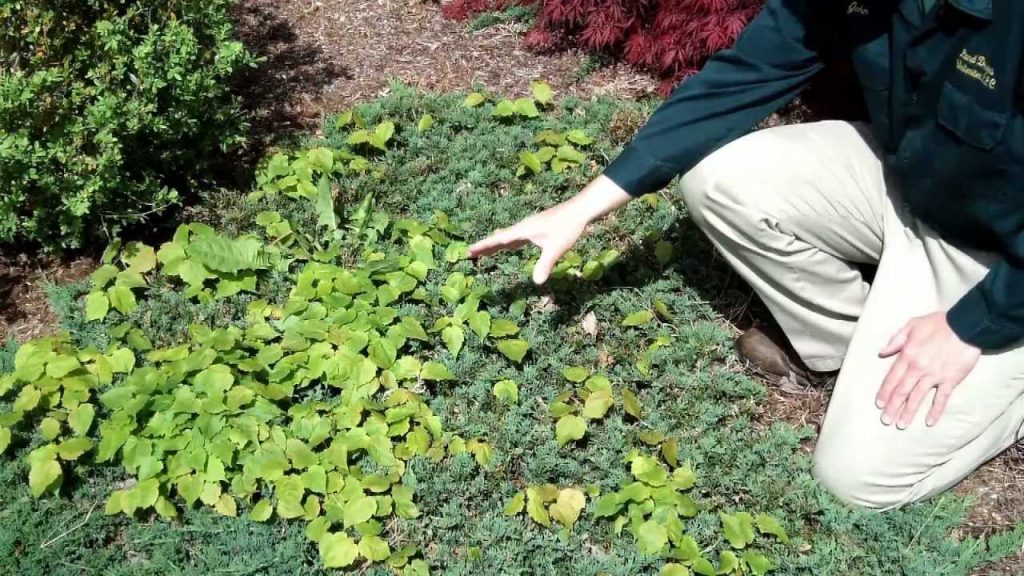
How to clear a garden full of weeds?
Weed control is a must for every good gardener. Your garden is spectacular, yes, but a place with weeds gives an image of neglect and abandonment. No matter how beautiful it is, it will always look lackluster if it has adventitious plants. In addition to the aesthetic inconvenience, there are other reasons to eliminate them: they compete with your plants for food and cause pest and disease problems. How to clear a garden full of weeds? Below I give you more details.
Disadvantages of weeds
- With weeds in the ground, your ornamentals will need to share the nutrients and available water. If resources are limited, they may not grow to their full potential. If you add compost to solve it, it would be used in part by the weeds that exist.
- Adventitious plants facilitate the appearance of all kinds of pests. The aphid and the mealybug are some of the most common. If you want to know more about it, do not miss the previous links.
- Weeds can also be infected by fungi such as powdery mildew or others. From there, moving to your plants is easy.
- I don’t want to alarm you either. This does not mean that a little weed in the garden will harm your plants, but do not let it get out of hand either.
How to clear a garden full of weeds?
Remove weedsWhat can you do? Removing as many weeds as you can by the roots is the best option. And for this, nothing better than by hand. Sorry, but the infallible system is the one of a lifetime … “turn your back.”
Stretch carefully so that the plant does not break. The job will be much easier if you do it with wet soil. After a watering or rain, it will be a good time. Please don’t leave them too long! Try to do it before they bloom or they will leave their seeds.
If the previous system does not convince you, you can use a herbicide. Many types are depending on the needs you have.
Types of herbicide
- Contact herbicides (useful in annual plants) or systemic (perfect for resistant plants).
- Total herbicides (they kill all types of plants, be very careful with them) or selective (there are 2 types, for grasses or for broad-leaved plants).
- Glyphosate, for example, while much criticized, is a total systemic herbicide used to remove all types of weeds, both grassy and broadleaf. The plant absorbs the product through the leaves, then passes to the entire plant that ends up dying. Care must be taken when applying so as not to splash the plants of interest if spraying near ornamental plants, the use of a bell on the backpack lance is recommended to control the herbicide’s dispersion.
An ecological and homemade alternative is to use vinegar-based preparations. Its acetic acid is effective as a contact herbicide, especially when applied in sunny weather.
Extraordinary measures
If weeds have overrun your lawn, you have the option of applying a selective broadleaf herbicide. Be careful to follow the manufacturer’s doses so as not to damage the lawn as well. You can also apply a total systemic type with a brush and a lot of patience.
Another possibility for large areas of land is the use of a brush cutter. Advantage…? Being able to clear a lot of and quickly and integrate the shredded weeds in the same place. Buts …? It only removes the aerial parts of the plants, leaving the roots intact, so it is necessary to repeat the work periodically.
The salt is a total and persistent herbicide. Where you put it, nothing will grow for some time. It may be good to keep non-landscaped areas such as pathways, areas with decorative stone, or unpaved esplanades clean.
Why do weeds grow?
A constant pulse with nature … What for the gardener is a problem, for the planet has been great evolutionary luck. Plants have colonized new spaces after, for example, fires or volcanic eruptions; something, that otherwise would have been impossible. Lucky for it, huh?
You must imagine the soil as a seed bank. A multitude of opportunistic seeds accumulates latent in the substrate. When the right humidity and temperature conditions are met, the process that gives rise to life is activated. Therefore, no matter how much you eliminate them, more always come out.
What do we understand by weeds?
What may be appropriate in the field may not be so in our garden and vice versa. Just as a palm tree does not paint anything in the middle of a pine forest, it is not appropriate to see clover in the grass or a planter.
By definition, what we know as weeds can be any plant born spontaneously in a place that is not appropriate for us.
An observation!… Species that you planted in your garden, without considering their extraordinary capacity for growth, can end up going out of control, causing you a problem. Plants like mint, ivy, or bamboo can also become weeds. Keep that in mind! Delimits your planting area.
Tips to prevent its appearance
If you don’t feel like spending hours bending over removing weeds, you can considerably reduce their appearance by following some tips.
How…? Try to reduce the watering only to the proximity of your plant’s roots and to the necessary dose. The good idea is to implement localized drip irrigation.
The availability of water is one of the factors that make the seeds germinate. If you adjust the irrigation correctly, you will reduce the persistence of weeds.
If your automatic irrigation is by sprinkler, adjust the programmer so that the waterings are prolonged but spaced in time. In addition to reducing the problem of weeds, you will help your plants have better-developed roots.




